
About National Policy for Rare Diseases 2021:
- It aims to lower the high cost of treatment for rare diseases with increased focus on indigenous research.
- It offers financial support for one-time treatment of up to Rs. 20 lakhs, introduces a crowd funding mechanism, creates a registry of rare diseases and provides for early detection.
- The rare diseases have been identified and categorized into 3 groups namely
- Group 1: Disorders amenable to one-time curative treatment.
- Group-2: Diseases requiring long term/lifelong treatment having relatively lower cost of treatment and benefit has been documented in literature and annual or more frequent surveillance is required.
- Group 3: - Diseases for which definitive treatment is available but challenges are to make optimal patient selection for benefit, very high cost and lifelong therapy.
- In order to receive financial assistance for treatment of rare disease, the patient of the nearby area may approach the nearest Centre of Excellence to get him assessed and avail the benefits.
- Eight (08) Centres of Excellence (CoEs) have been identified for diagnosis, prevention and treatment of rare diseases.
- Centres of Excellence: The Centres of Excellence would be provided a one-time grant to a maximum of Rs. 5 crore each for infrastructure development for screening, tests, treatment.
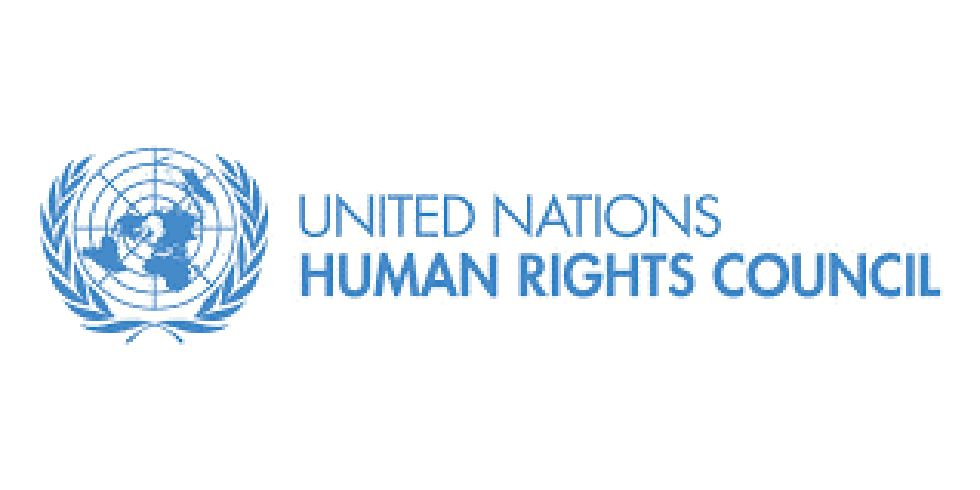
Why in news?
- UN Human Rights Council adopted the draft resolution ‘Countering religious hatred constituting incitement to discrimination, hostility or violence’, with 28 members voting in favour, seven abstentions and 12 nations voting against.
Key facts about United Nations Human Rights Council
- It is an intergovernmental body within the United Nations whose mission is to promote and protect human rights around the world.
- It was created by the General Assembly on 15 March 2006 by replacing the Commission on Human Rights.
- It has 47 members elected for staggered three-year terms on a regional group basis.
- The members of the Council serve for a period of three years and are not eligible for immediate re-election after serving two consecutive terms.
- The Council's Membership is based on equitable geographical distribution.
- Function:
- It investigates allegations of breaches of human rights in UN member states, and addresses important thematic human rights issues such as freedom of association and assembly, freedom of expression, freedom of belief and religion, women's rights, LGBTI rights, and the rights of racial and ethnic minorities.
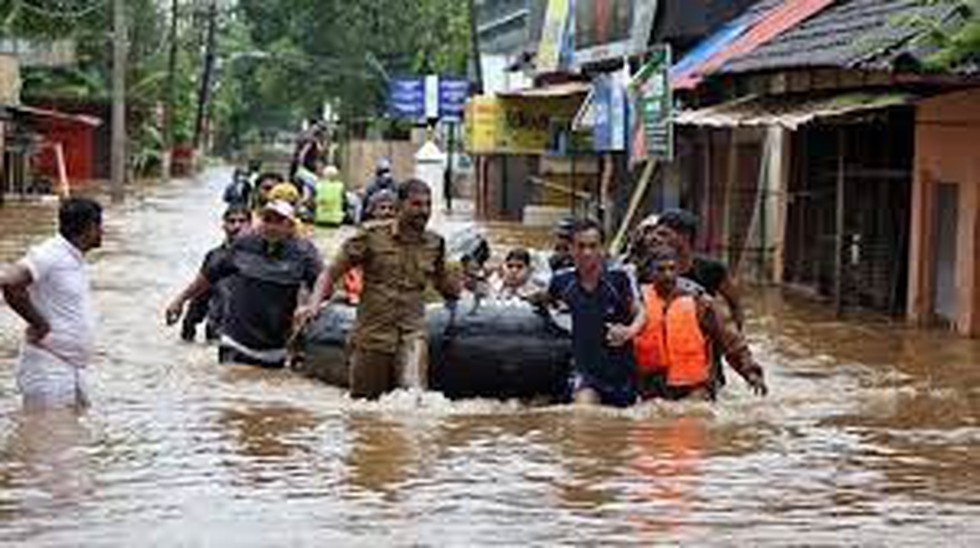
About State Disaster Response Funds:
- It has been constituted in each State under Section 48 (1) (a) of the Disaster Management Act, 2005.
- The fund is the primary fund available with State Governments for responses to notified disasters.
- Funding Pattern:
- The Central Government contributes 75% to the SDRF in general States and 90% in North-East and Himalayan States.
- The annual Central contribution is released in two equal installments as per the recommendation of the Finance Commission.
- As per the guidelines, the funds are released on receipt of Utilisation Certificate of the amount released in the earlier instalment and receipt of a report from the State Government on the activities undertaken from SDRF.
- However, in view of the urgency, these requirements were waived while releasing the funds this time.
- The fund is to be used only for meeting the expenditure for providing immediate relief to the victims of notified calamities like cyclone, drought, earthquake, fire, flood, tsunami, hailstorm, landslide, avalanche, cloud burst, pest attack and frost & cold wave.
- Allocation of SDRF funds to the States is based on multiple factors like past expenditure, area, population, and disaster risk index.
- These factors reflect States' institutional capacity, risk exposure, and hazard and vulnerability.

Key findings:
- The waters in the tropics have turned green and the southern Indian Ocean, in particular, has seen a significant colour change.
- Changes in the ocean colour indicate alterations to the phytoplankton communities - since phytoplankton are essential for most life in the ocean as the base of the marine food web.
- Human eyes are not sensitive enough to differentiate subtle colour changes.
- The oceans appear blue, but the true colour may contain a mix of subtler wavelengths, from blue to green and even red.
- The green hue comes from chlorophyll, a pigment that helps phytoplankton make food.
- A change in colour due to an increase or decline in the population will impact organisms that feed on plankton.
- Though the southern Indian Ocean is seeing a significant change, the waters near India are not following the same trend.
What is Moderate Resolution Imaging Spectroradiometer (MODIS)?
- It is a key instrument aboard the Terra(originally known as EOS AM-1) and Aqua (originally known as EOS PM-1) and Aqua (originally known as EOS PM-1) satellites.
- Terra's orbit around the Earth is timed so that it passes from north to south across the equator in the morning, while Aqua passes south to north over the equator in the afternoon.
- Terra MODIS and Aqua MODIS are viewing the entire Earth's surface every 1 to 2 days, acquiring data in 36 spectral bands, or groups of wavelengths.
- These data will improve our understanding of global dynamics and processes occurring on the land, in the oceans, and in the lower atmosphere.
- Significance: It is playing a vital role in the development of validated, global, interactive Earth system models able to predict global change accurately enough to assist policy makers in making sound decisions concerning the protection of our environment.
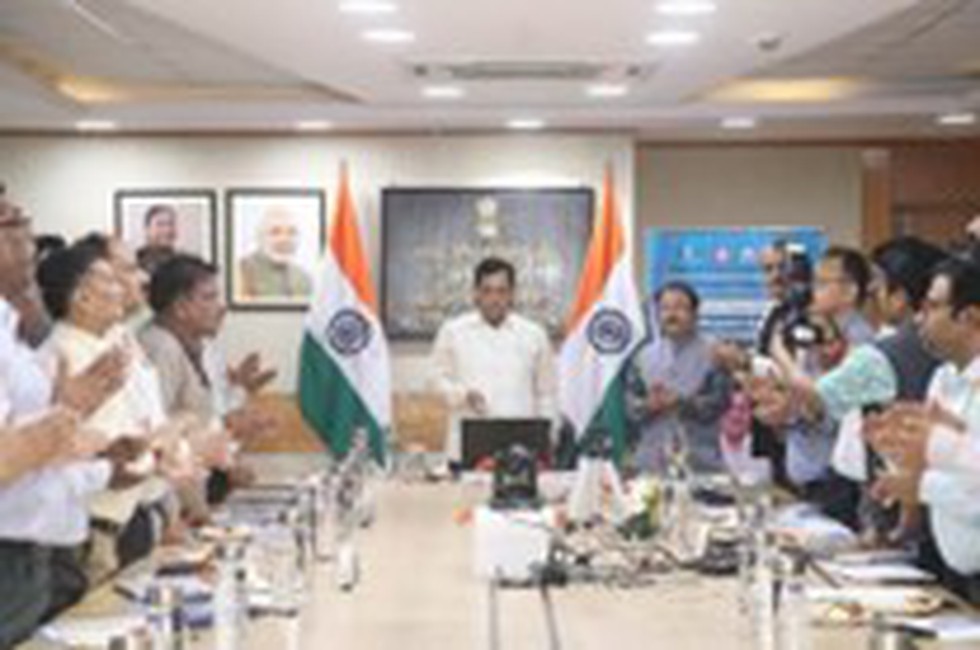
About SAGAR SAMPARK:
- It is an indigenous Differential Global Navigation Satellite System (DGNSS).
- The Differential Global Navigation Satellite System is a terrestrial based enhancement system which corrects the errors and inaccuracies in the Global Navigation Satellite System (GNSS) allowing for more accurate positioning information.
- It is now able to transmit corrections of GPS and GLONASS.
- Significance
- Sagar Sampark at six locations will assist the Director General of Lighthouses and Lightships (DGLL) to provide radio aids to ships for marine navigation.
- The system will provide accurate information to the ships for safe navigation and will reduce the risk of collisions, groundings, and accidents in the port and harbour areas.
- This will lead to the safe and efficient movement of vessels.
- It will significantly improve the accuracy of GPS positioning and reduces errors caused by atmospheric inferences, satellite clock drift, and other factors.
- The error correction accuracy has been improved from 5 to 10 meters to less than 5 meters for 100 Nautical Miles (NM) from Indian coastlines.

About Armed Forces (Special Powers) Act (AFSPA):
- It is a law enacted by the Parliament in 1958 which gives armed forces (Army, the Air Force and Central paramilitary forces) the special powers and immunity to maintain public order in “disturbed areas”.
- When is it applied? It can be applied only after an area has been declared “disturbed” under section 2 of the act.
- What is a Disturbed area? An area can be considered to be disturbed due to differences or disputes among different religious, racial, language or regional groups or castes or communities.
- Who declares an area as disturbed? Section (3) of AFSPA empowers the governor of the state/Union territory to issue an official notification declaring the state or a region within as a “disturbed area”, after which the centre can decide whether to send in armed forces.
- The ‘special powers’ of armed forces under Section 4 are:
- Power to use force even to the extent of causing death, destroy arms / ammunition dumps, fortifications/ shelters / hideouts.
- Power to arrest without a warrant.
- Power to seize and search’ without any warrant any premise.
- It stipulates that arrested persons and seized property is to be handed over to the nearest Police Station with least possible delay.
- These armed forces are immune from prosecution unless the Union Government provides sanction to the prosecuting agencies.
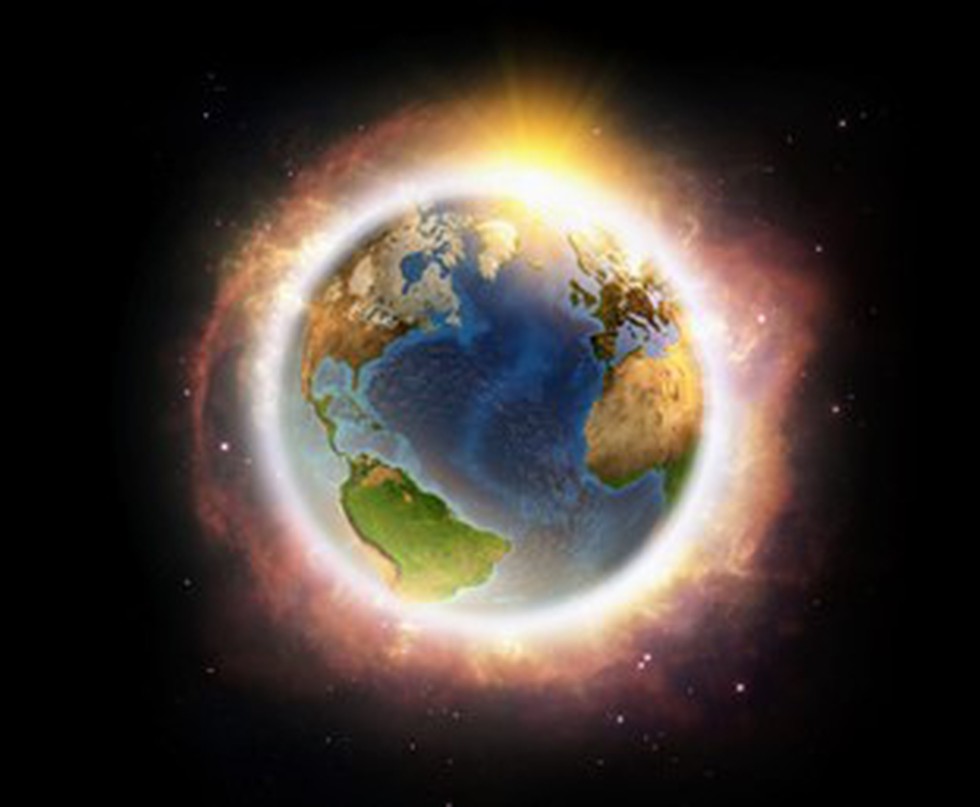
About Anthropocene epoch:
-
It is a proposed epoch that denotes the present geological time interval, in which the Earth’s ecosystem has gone through radical changes due to human impact.
- The word Anthropocene is derived from the Greek words anthropo, for “man,” and cene for “new,” coined and made popular by biologist Eugene Stormer and chemist Paul Crutzen in 2000.
- There are numerous phenomena associated with this proposed epoch, such as global warming, sea-level rise, ocean acidification, mass-scale soil erosion, the advent of deadly heat waves, deterioration of the biosphere and other detrimental changes in the environment.
- What is the Geological Time Scale?
- Earth’s history is divided into a hierarchical series of smaller chunks of time, referred to as the geologic time scale.
- These divisions, in descending length of time, are called eons, eras, periods, epochs, and ages.
- These units are classified based on Earth’s rock layers, or strata, and the fossils found within them.
- From examining these fossils, scientists know that certain organisms are characteristic of certain parts of the geologic record. The study of this correlation is called stratigraphy.
- Current Epoch: Officially, the current epoch is called the Holocene, which began 11,700 years ago after the last major ice age.
- Debate:
- Scientists still debate whether the Anthropocene is different from the Holocene.
- The term Anthropocene has not been formally adopted by the International Union of Geological Sciences (IUGS), the international organization that names and defines epochs.
- The primary question that the IUGS needs to answer before declaring the Anthropocene an epoch is if humans have changed the Earth system to the point that it is reflected in the rock strata.
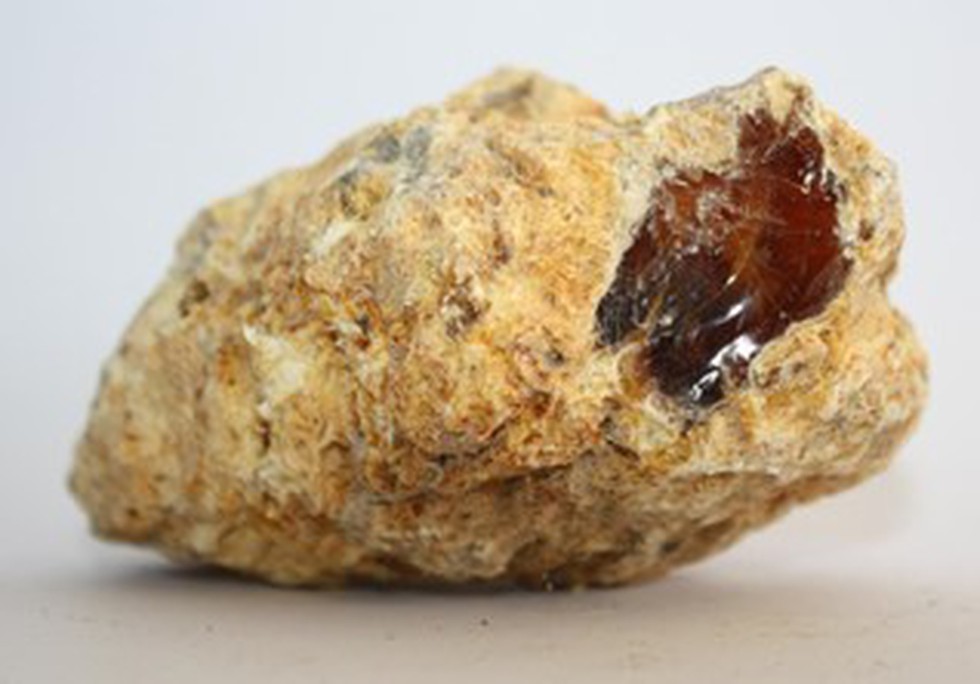
About Floating Gold:
- Floating Gold or Ambergris (commonly identified as a lump of vomit), is a substance extracted from the bile duct in the intestines of sperm whales.
- It is a waxy, solid and inflammable substance.
- It is produced by about one in every hundred sperm whales.
- How is it formed?
- The scientific theory surrounding ambergris suggests that sperm whales consume significant quantities of cephalopods, including squid and cuttlefish.
- Normally, indigestible elements like beaks and pens are expelled through vomiting before digestion.
- However, in rare cases, these parts bypass that process and bind together within the whale’s intestines, gradually forming a solid mass of ambergris over the course of several years.
- It is hypothesized that ambergris acts as a protective mechanism, safeguarding the whale’s internal organs from the sharp squid beaks.
- When newly formed, ambergris emits a distinctive odor reminiscent of the sea and faeces.
- However, as it matures, it develops a pleasant, earthy aroma often compared to the fragrance of isopropyl alcohol, but without the sharp chemical undertones.
- Uses:
- It has predominantly been employed in the creation of perfumes and fragrances.
- Ambergris has a woody scent like sandalwood but also contains ambrein, an odorless alcohol that can fix and extend the life of scents, hence its popularity among perfumers.
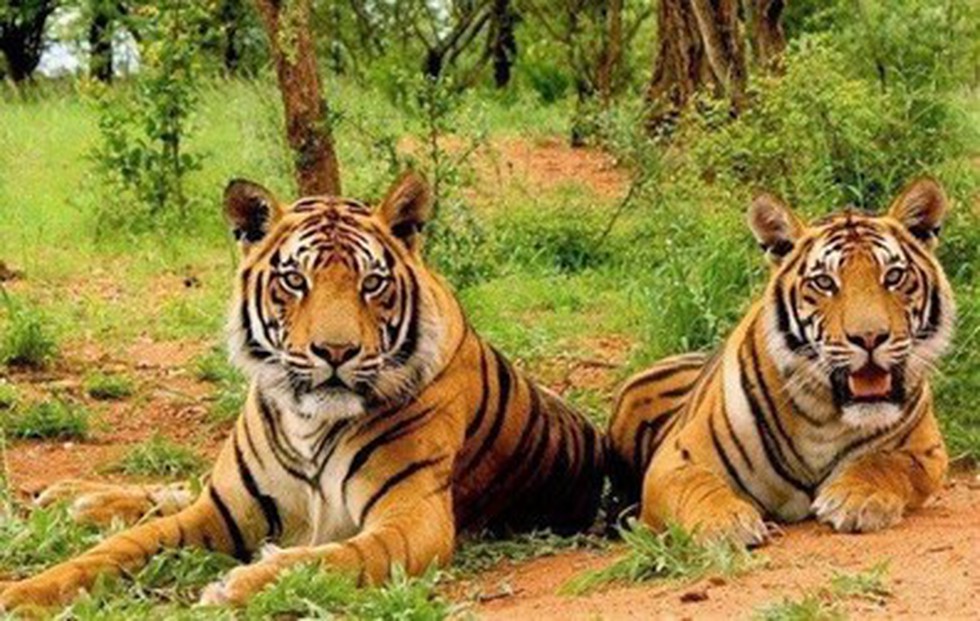
About Sariska Tiger Reserve:
- Location: It is located in the Aravalli hills in the Alwar district of Rajasthan.
- This area was a hunting preserve of the erstwhile Alwar state.
- It was declared as a wildlife reserve in 1955 and then a Tiger Reserve in 1978 under Project Tiger.
- It is the first reserve in the world which successfully relocated tigers.
- Sariska is also famous for old temples, palaces and lakes such as Pandu Pol, Bhangarh Fort, Ajabgarh, Pratapgarh, Siliserh Lake and Jai-Samand Lake.
- Topography: Grasslands, dry deciduous forests, cliffs, and rocky landscapes.
- Flora:
- Nearly 90% of the area in the sanctuary is covered with dhok trees.
- Other species found include salar, kadaya, gol, ber, Banyan, gugal, bamboo, kair, adusta etc
- Fauna: A variety of other wild animals like the leopard, sambhar, chital, nilgai, four-horned antelope, wild boar, rhesus macaque, langur, hyena and jungle cats are found in the Sariska Tiger Reserve apart from the tiger.
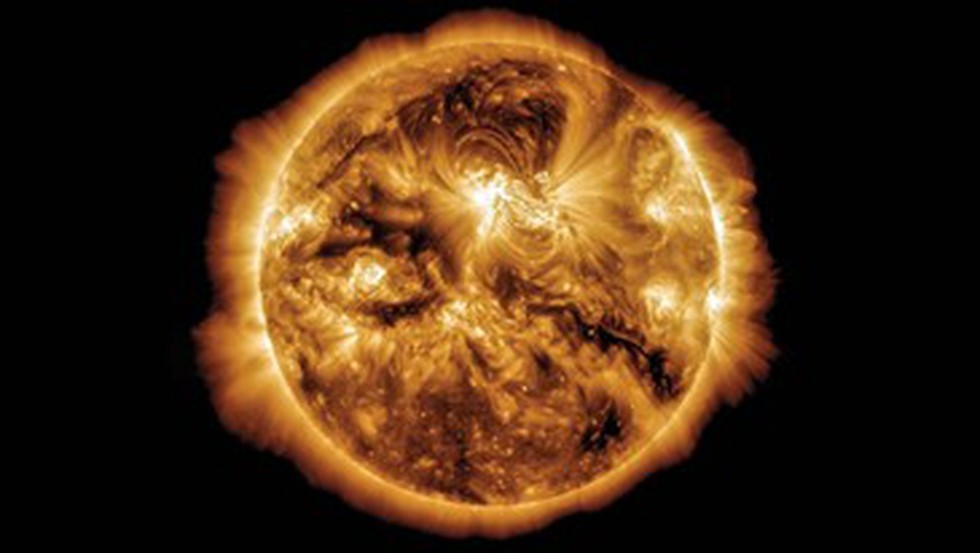
About Solar Maximum:
- The sun goes through a natural solar cycle approximately every 11 years. The cycle is marked by the increase and decrease of sunspots -- visible as dark blemishes on the sun's surface, or photosphere.
- The greatest number of sunspots in any given solar cycle is designated as "solar maximum." The lowest number is "solar minimum."
- Impacts:
- This increased solar activity can cause extreme space weather events, including solar flares and eruptions.
- It can also disrupt radio communications and the power grid and have serious health consequences for astronauts.
What is the Solar Cycle?
- The Sun is a huge ball of electrically-charged hot gas. This charged gas moves, generating a powerful magnetic field.
- Every 11 years or so, the Sun's magnetic field completely flips. This means that the Sun's north and south poles switch places.
- Then it takes about another 11 years for the Sun’s north and south poles to flip back again.
- Thus, the solar cycle is the cycle that the Sun’s magnetic field goes through approximately every 11 years.
- The solar cycle affects activity on the surface of the Sun, such as sunspots which are caused by the Sun's magnetic fields.
- As the magnetic fields change, so does the amount of activity on the Sun's surface.
- The beginning of a solar cycle is a solar minimum, or when the Sun has the least sunspots. Over time, solar activity—and the number of sunspots—increases.
- The middle of the solar cycle is the solar maximum, or when the Sun has the most sunspots.
- As the cycle ends, it fades back to the solar minimum and then a new cycle begins.


.png)
.png)
.png)
























































































































































.png)
.png)
.png)
.png)
.png)


.png)
.png)
.png)





.png)
.png)






.png)
.png)
.png)
.png)
.png)
.png)
.png)
.png)
.png)

.png)







.png)
.png)


.png)
.png)
.png)


.png)

.png)
.png)





.jpg)

.png)
.png)


.png)

.png)
.png)
.png)

.jpg)

.jpg)


.png)

.png)
.png)
.png)
.png)
.png)
.png)
.png)
.png)
.png)
.png)




.png)

.png)





.png)
.png)
.png)
.png)
.png)
.png)
.png)
.jpg)
.jpg)

.png)
.png)
.png)
.png)
.png)
.png)
.png)
.png)
.png)
.png)
.png)
.png)
.png)
.png)
.png)
.png)
.png)
.png)
.png)
.png)
.png)
.png)



.png)
.png)

.jpg)
.jpg)


.jpg)
.jpg)
.jpg)
.jpg)
.jpg)

.jpg)








.jpg)
.jpg)
.jpg)
.jpg)
.jpg)

















.jpg)
.jpg)







.jpg)


















.jpg)
.jpg)






























































































.jpg)
.jpg)


























.jpg)

.jpg)










.jpg)








.jpg)




.jpg)










.jpg)


















.jpg)












































.jpg)














.jpg)
.jpg)
.jpg)





.jpg)

.jpg)
.jpg)





































































.jpg)


































.jpg)
.jpg)
















































.jpg)












.jpg)


.jpg)




.jpg)
.jpg)
.jpg)

.jpg)
.jpg)
.jpg)
.jpg)

.jpg)
.jpg)
.jpg)

.jpg)
.jpg)
.jpg)
.jpg)
.jpg)
.jpg)
.jpg)
.jpg)

.jpg)


.jpg)
.jpg)
.jpg)
.jpg)
.jpg)
.jpg)
.jpg)
.jpg)
.jpg)
.jpg)











.jpg)
.jpg)





.jpg)
.jpg)
.jpg)
























.jpg)
























.jpg)









.jpg)
.jpg)







.jpg)
.jpg)









































.jpg)
.jpg)
.jpg)
.jpg)
.jpg)

.jpg)
.jpg)
.jpg)
.jpg)
.jpg)


.jpg)
.jpg)
.jpg)
.jpg)
.jpg)

.jpg)
.jpg)
.jpg)
.jpg)
.jpg)
.jpg)
.jpg)
.jpg)
.jpg)
.jpg)
.png)

.png)
.png)

.png)
.png)
.png)
.png)


.jpg)
.jpg)

.jpg)
.jpg)
.jpg)

.png)
.png)
.png)
.png)
.png)
.png)
.png)

.png)
.png)
.png)
.png)
.png)
.png)
.png)
.png)
.png)
.png)





































































-min.png)



.png)




.png)








































